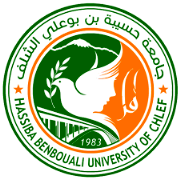Assessing Master Dissertations In The Age Of Artificial Intelligence Study Case: Master 2 students (2022-2023) at Skikda University
DOI:
https://doi.org/10.70204/jlt.v5i1.220Keywords:
Artificial Intelligence, Assessment, ChatGPT, Master DissertationsAbstract
The growth of artificial intelligent generative models, though practical and so useful, is thrusting the various educational institutions to rethink their objectives and take new measures to cope with its evolutionary urges. The overriding aim of this paper is to explore the utility and the effectiveness of the formerly-used evaluative methods of master dissertations in the age of artificial intelligence. In doing so, the study examines the students’ failures and motives to use such tools from the perspective the examiners. The study further scrutinizes alternative assessment methods that examiners may adopt if the traditional ones prove a failure. To achieve this, a descriptive approach was employed, and a close-ended questionnaire, with multiple choices, was distributed to 25 teachers in the Department of Foreign Languages at Skikda University during the academic year 2022-2023. The analyses of the questionnaire demonstrate that the teachers are so skeptical about the students’ use of ChatGPT to elaborate their research work for different reasons that the study discusses. Nevertheless, the study points to the need to reconsider and potentially rework assessment methods and strategies for Master 2 dissertations, moving beyond traditional approaches and incorporating new ones. Artificial intelligence, despite its significant potential, is essentially a tool that students should use and not be used by.














